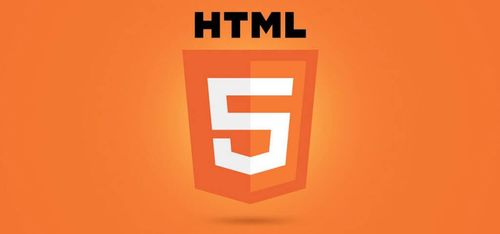Email confirmation is a vital aspect of web forms, ensuring that users provide accurate email addresses and preventing input errors. In the world of HTML5, implementing robust confirm email validation mechanisms is essential for user data accuracy and enhanced user experiences. In this comprehensive guide, I'll share my expertise on the importance, process, and best practices of confirm email validation in HTML5. By the end of this article, you'll be well-equipped to implement effective email confirmation mechanisms in your web forms, guaranteeing data integrity and user satisfaction.
The Significance of Confirm Email Validation in HTML5
Before we dive into the technical details, let's understand why confirm email validation is crucial in HTML5 web forms:
Data Accuracy: Confirm email validation ensures that users provide accurate email addresses, reducing errors and miscommunication.
User Experience: It enhances the user experience by guiding users to provide matching email addresses, minimizing frustration.
Security: Confirming email addresses helps prevent registration or form submission errors, which could lead to issues or even security vulnerabilities.
Compliance: Confirm email validation aligns with data protection regulations and industry best practices, ensuring that user data is handled responsibly.
The Confirm Email Validation Process in HTML5
Confirm email validation in HTML5 typically involves creating two form fields for the email address and its confirmation. Here's a simplified step-by-step guide to help you understand the process:
Step 1: Email Input Field
Provide an input field for the user's email address.
Step 2: Confirm Email Input Field
Create a second input field for confirming the email address.
Step 3: Validation Mechanism
Implement a validation mechanism that checks if the email address and its confirmation match.
Step 4: Error Handling and Feedback
If the email and its confirmation don't match, provide clear error messages to guide the user in correcting the input.
Best Practices for Confirm Email Validation in HTML5
To ensure effective confirm email validation in HTML5, consider the following best practices:
Use the type="email" Attribute: Leverage the HTML5 type="email" attribute for email input fields to enable browser-based validation.
Create a Dedicated Confirmation Field: Always create a separate field for confirming the email address, rather than relying solely on user input repetition.
Client-Side Validation: Implement client-side validation to provide immediate feedback to users.
Custom Error Messages: Customize error messages to be user-friendly and informative, guiding users in correcting their input.
Server-Side Checks (Optional): Consider additional server-side checks, such as domain verification, for enhanced validation.
Frequently Asked Questions
Q1. Why do we need confirm email validation when users can just retype their email address?
- Confirm email validation helps minimize user errors and ensures data accuracy by guiding users to provide matching email addresses.
Q2. Can confirm email validation prevent email format errors?
- While confirm email validation focuses on matching email addresses, it's essential to combine it with email format validation to ensure complete accuracy.
Q3. Is confirm email validation a one-time process during registration, or should I re-confirm email addresses periodically?
- Confirm email validation typically occurs during registration. However, you can implement re-confirmation for certain scenarios or when email addresses change.
Q4. Can I implement real-time confirm email validation as users type their email addresses in a form field in HTML5?
- Yes, you can use JavaScript and AJAX to implement real-time confirmation as users type.
Q5. Are there any open-source libraries or plugins available for confirm email validation in HTML5?
- While HTML5 provides the basic tools for confirm email validation, you can find JavaScript libraries and plugins to enhance this functionality.
Conclusion
Confirm email validation in HTML5 is a fundamental element of web form design, ensuring data accuracy and enhancing the user experience. By following best practices and leveraging HTML5's built-in validation mechanisms, you can implement effective email confirmation mechanisms in your web forms. As an expert in HTML5, you now have the knowledge and tools to enhance data integrity and provide a seamless user experience through robust confirm email validation.



